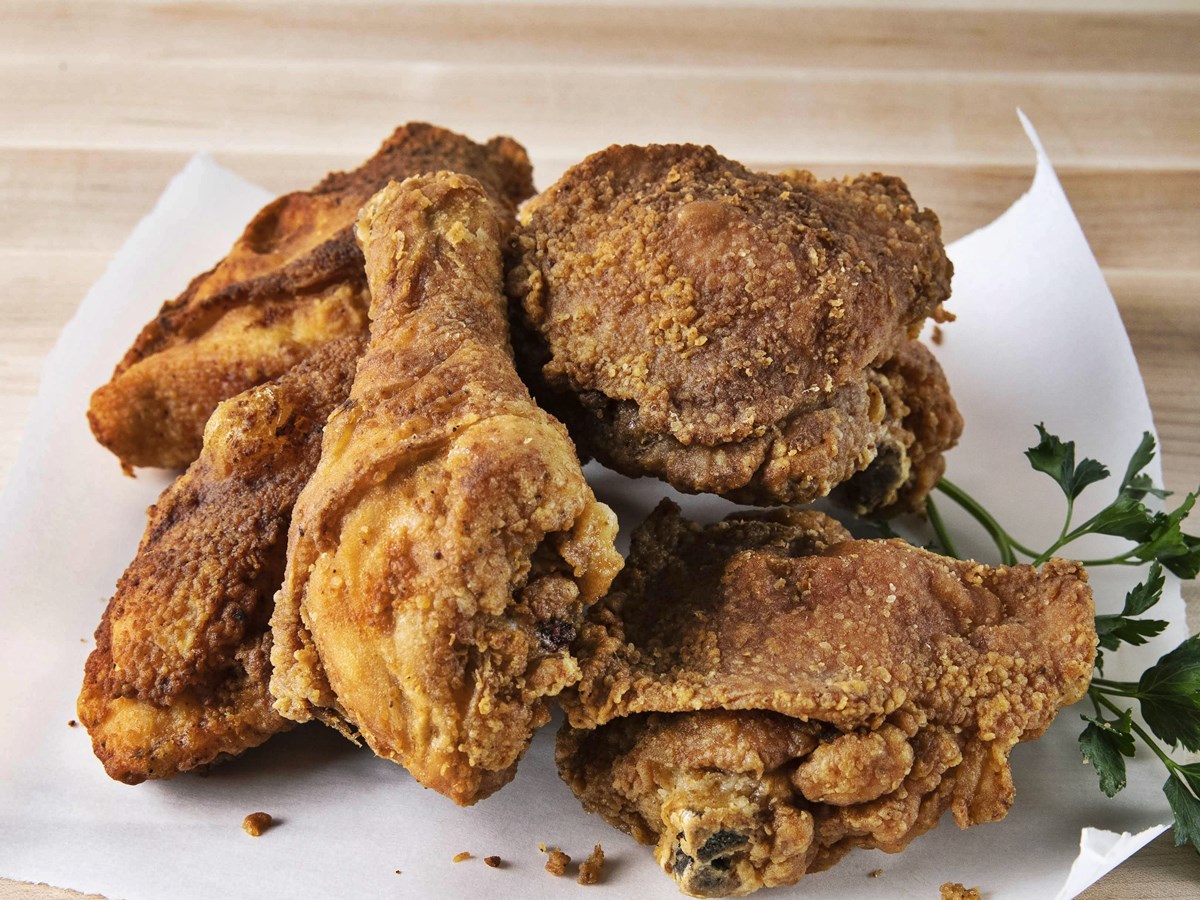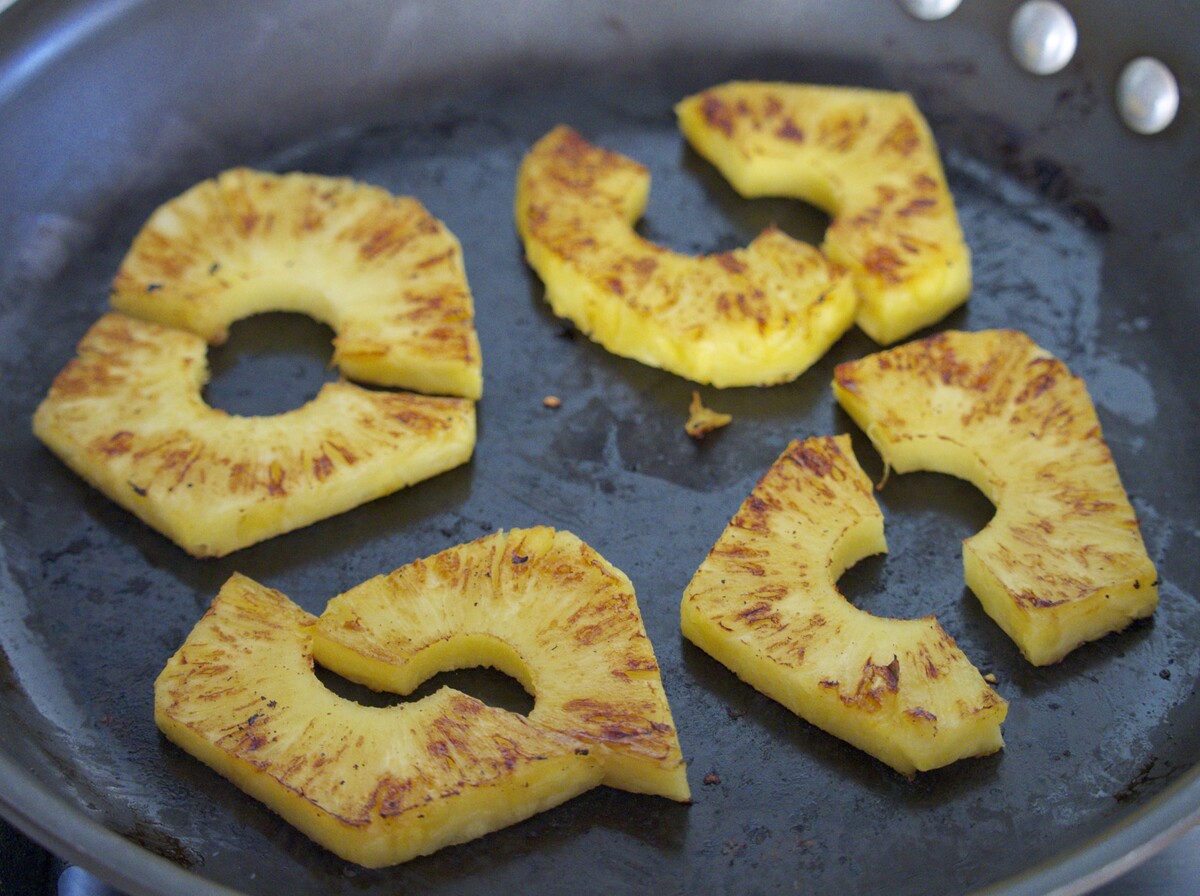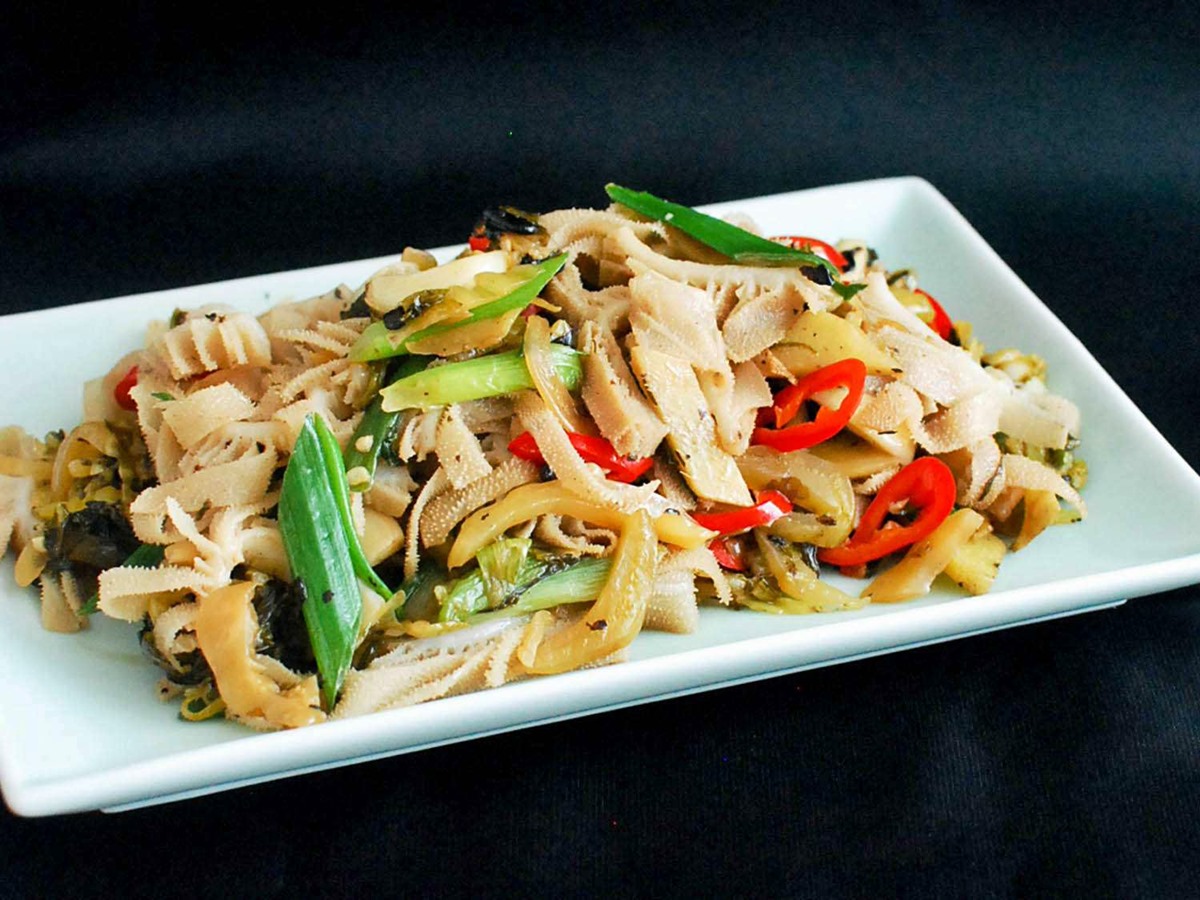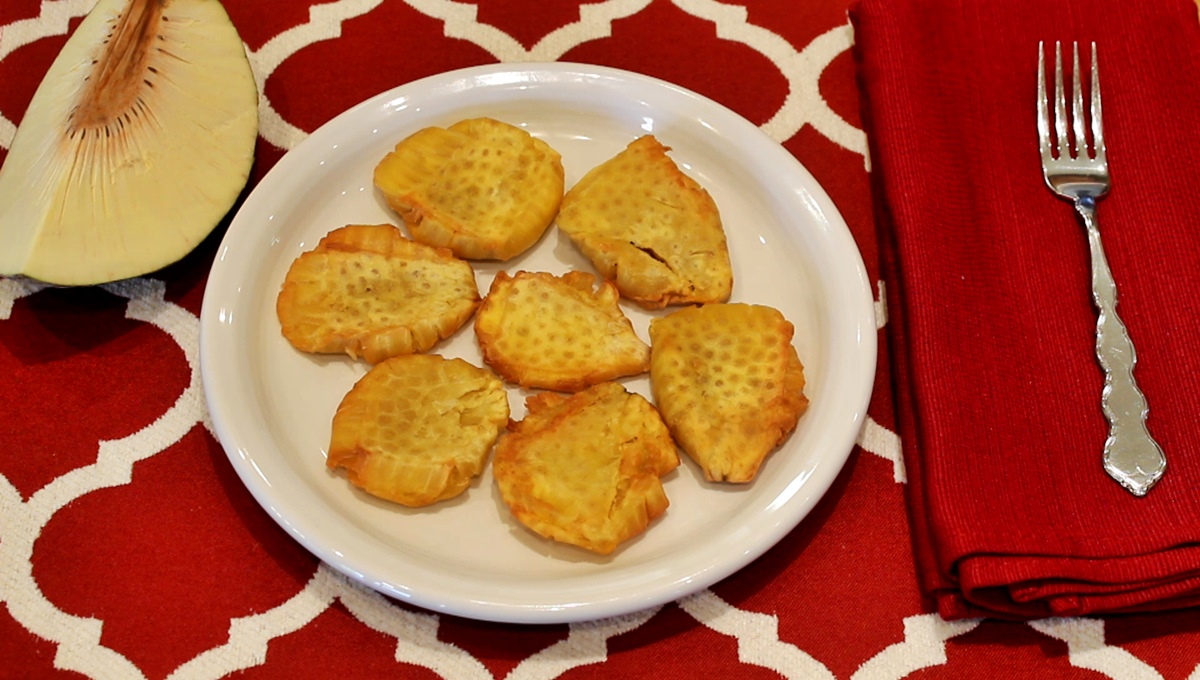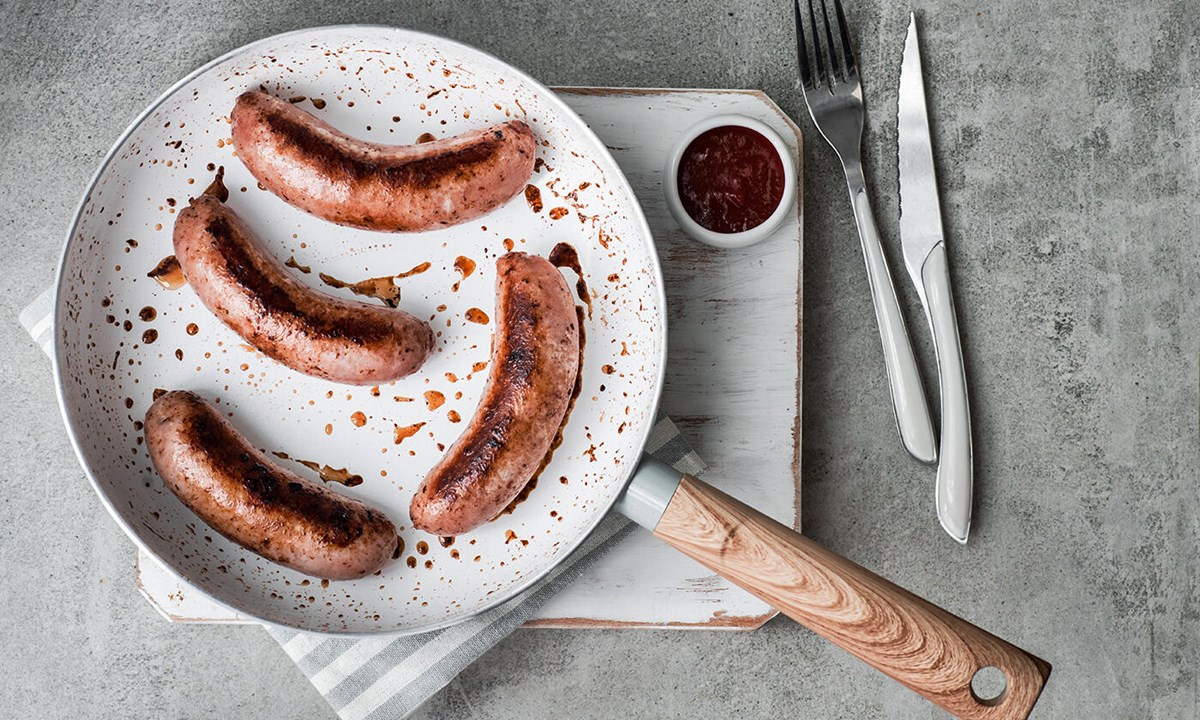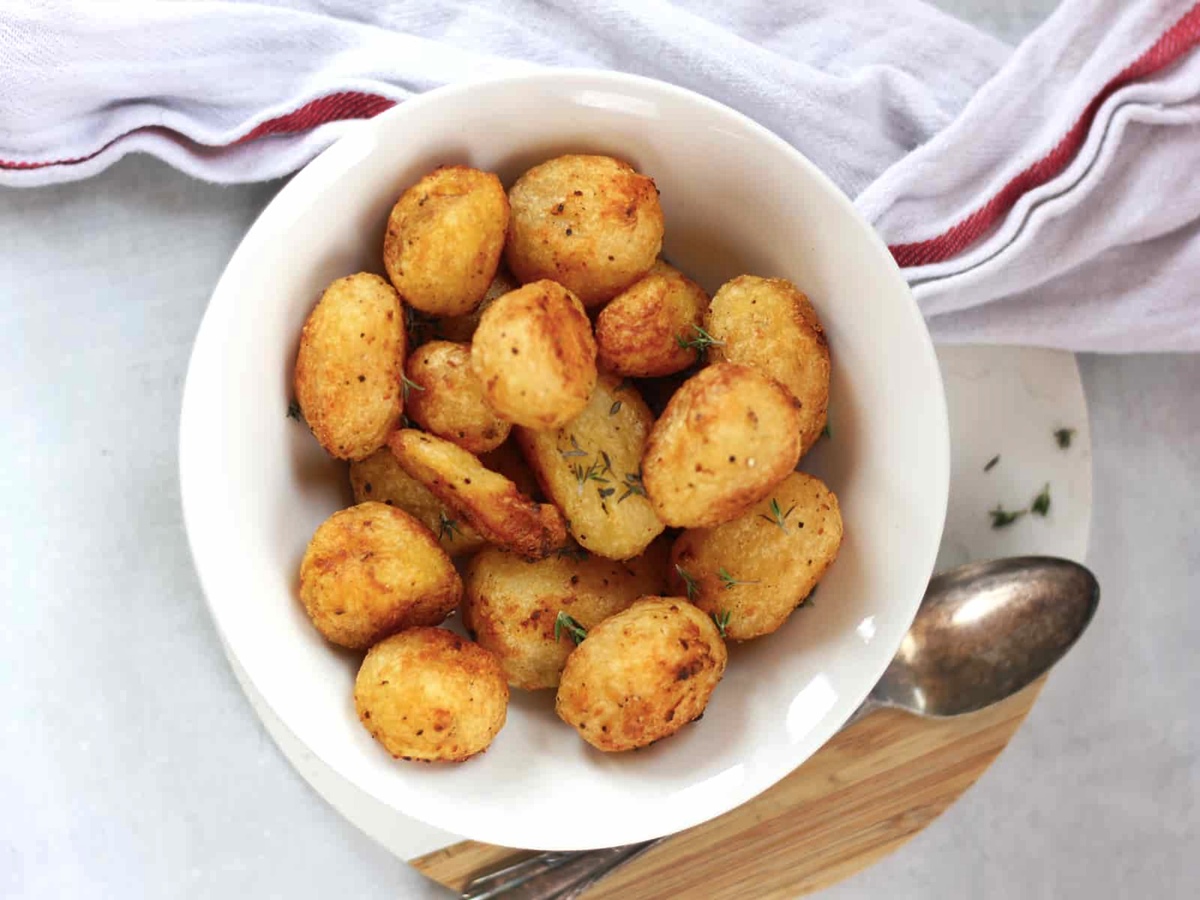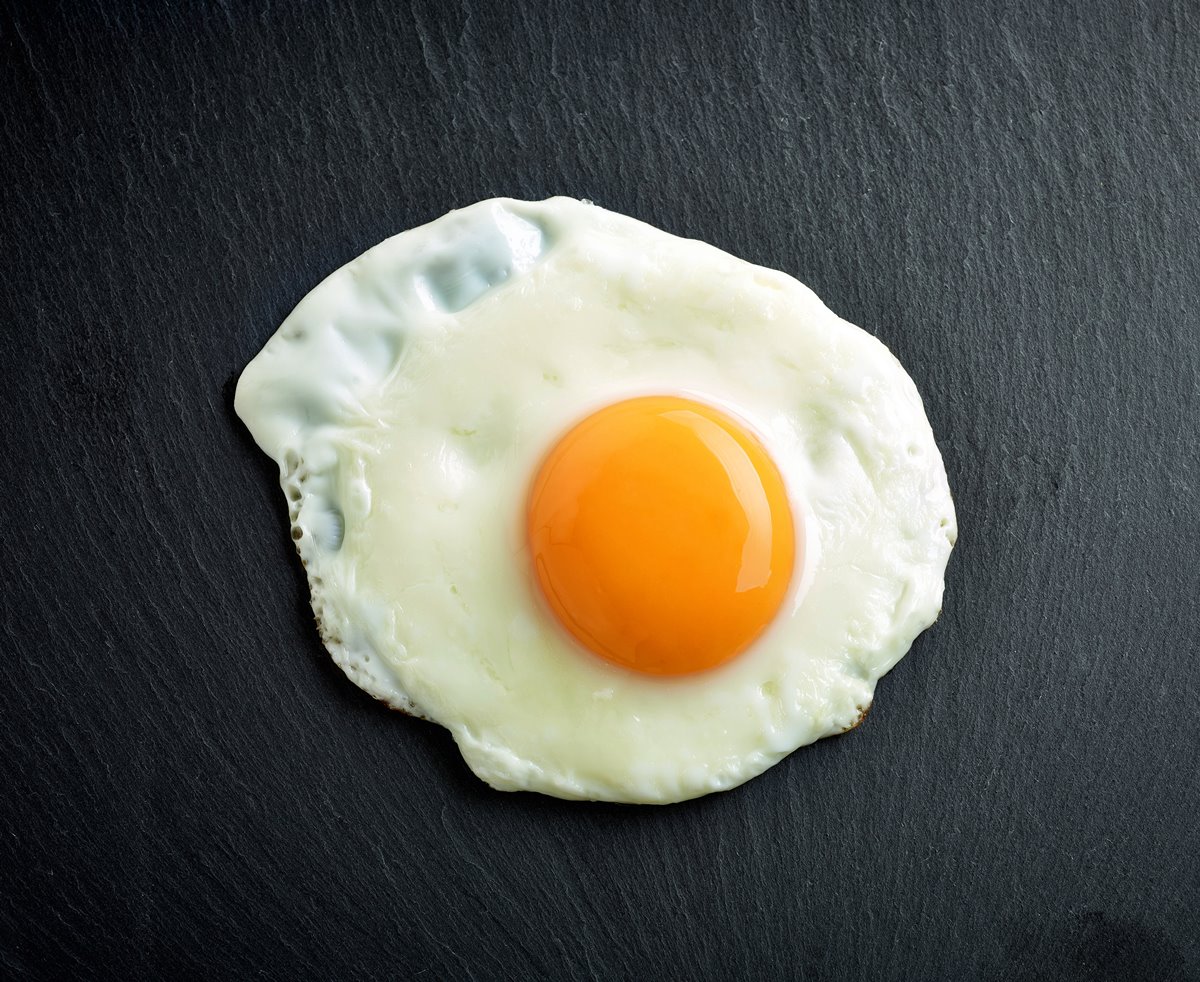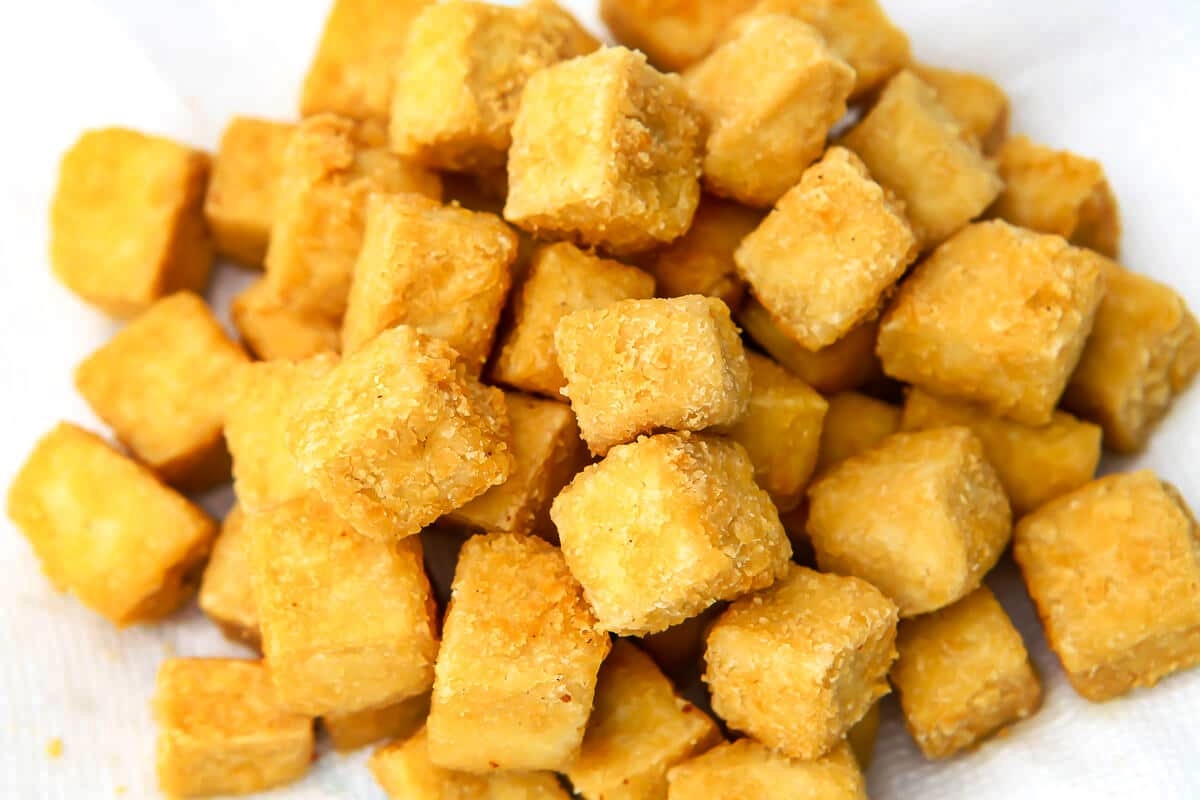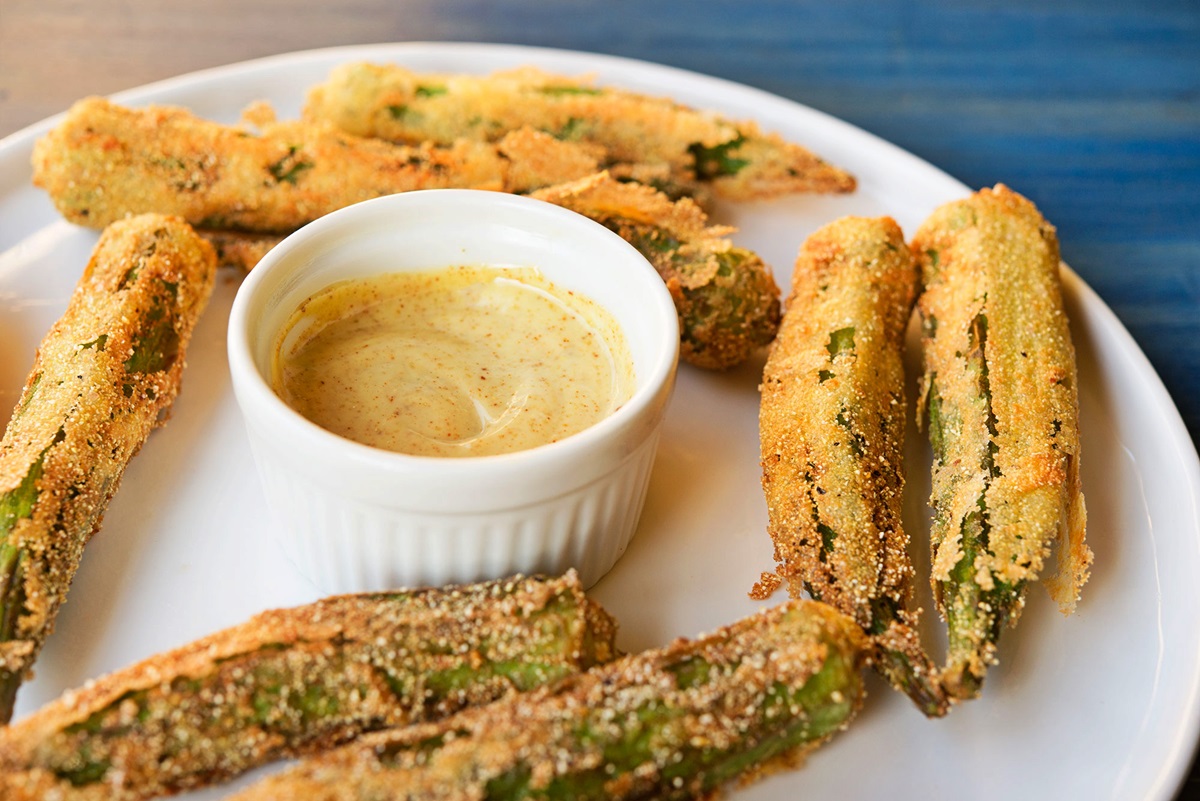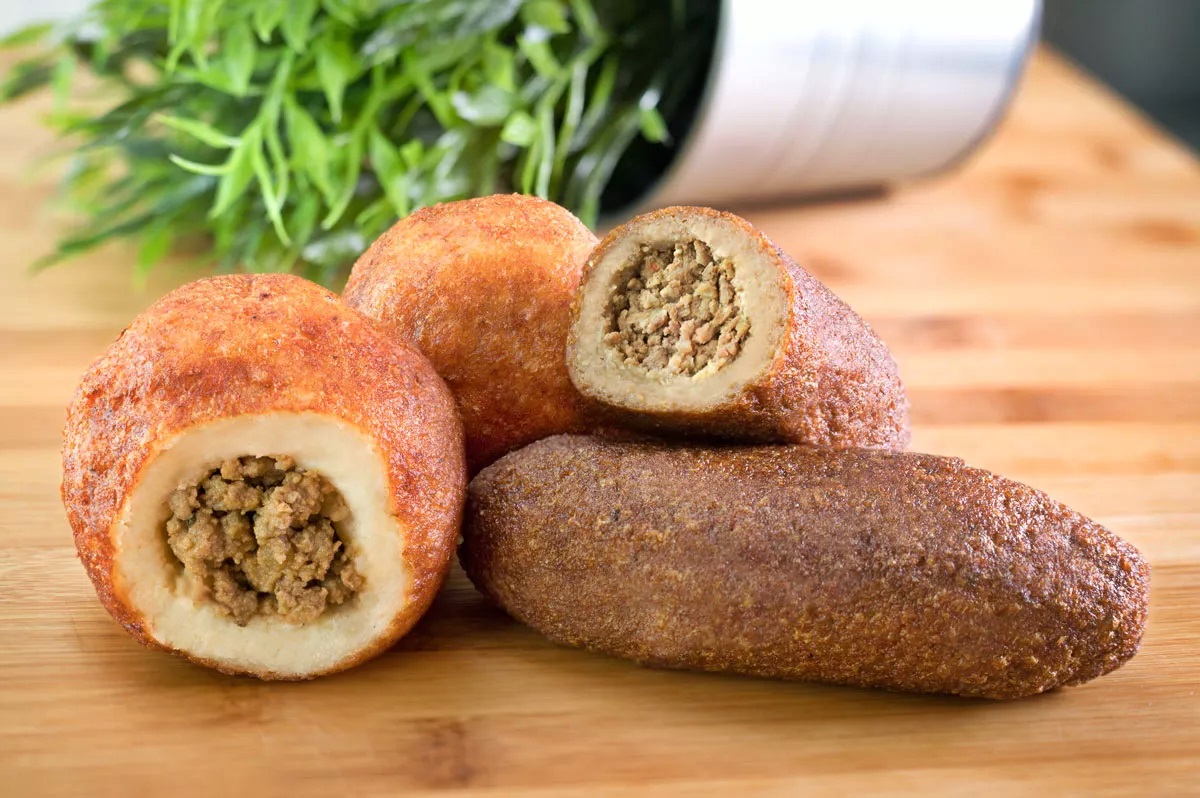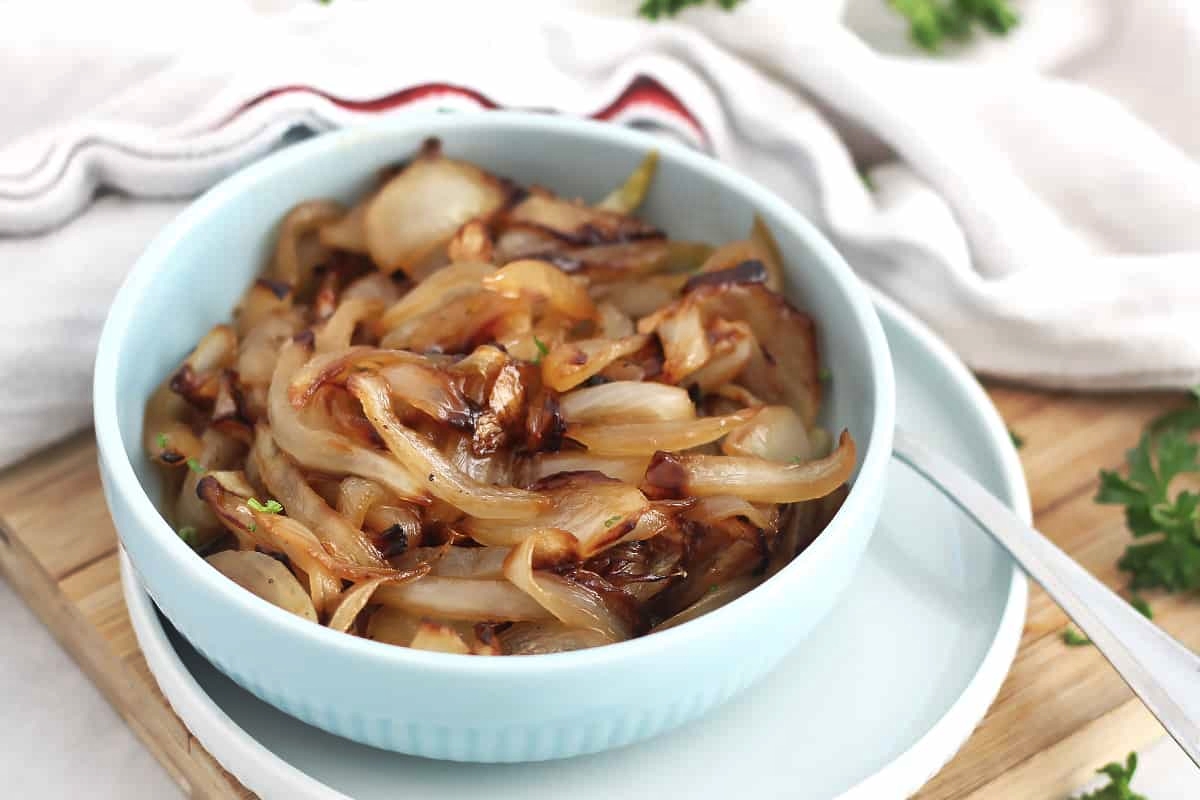How To Fry Shrimp Without Eggs
If you love shrimp but are looking for a way to enjoy them without using eggs, you’ve come to the right place! Whether you have an egg allergy, dietary restrictions, or simply don’t have eggs on hand, there are still plenty of delicious ways to fry shrimp. In this article, we will explore some egg-free methods that will have you savoring crispy and flavorful shrimp in no time.
1. Breadcrumb Coating
Breadcrumb coating is a popular alternative to using eggs when frying shrimp. To get started, you’ll need to prepare a coating station:
- Place breadcrumbs in one shallow dish.
- In another shallow dish, mix flour, salt, pepper, and your choice of herbs and spices.
- Dip each shrimp in the flour mixture, ensuring it is lightly coated.
- Next, transfer the shrimp to the dish with breadcrumbs and coat thoroughly.
Once all the shrimp are coated, heat oil in a frying pan and fry the shrimp until golden brown and crispy on both sides. The breadcrumb coating will create a deliciously crunchy exterior that complements the succulent shrimp inside.
2. Cornstarch Coating
An alternative to breadcrumbs is a coating made with cornstarch. This method is perfect for those who prefer a lighter and gluten-free option. Here’s how to do it:
- In a shallow dish, combine cornstarch with your favorite seasonings.
- Pat dry the shrimp and coat them in the cornstarch mixture.
- Heat oil in a pan and fry the shrimp until they turn golden brown and crispy.
The cornstarch coating will give the shrimp a delicate crispness, allowing the natural flavors of the shrimp to shine through.
3. Tempura Batter
If you’re a fan of Japanese cuisine, you’ll love using a tempura batter to fry shrimp without eggs. Here’s how to make a simple tempura batter:
- In a bowl, whisk together flour, cornstarch, salt, and ice-cold water until you achieve a smooth, thick consistency.
- Dip the shrimp into the batter, ensuring they are evenly coated.
- Deep-fry the shrimp until they turn a crisp golden brown.
The tempura batter will create a light and crispy texture, making your shrimp irresistibly delicious.
4. Mustard Marinade
If you want to add some extra zing to your fried shrimp, consider marinating them in mustard. The mustard acts as both a flavor enhancer and a binding agent. Here’s how to do it:
- In a bowl, mix together Dijon mustard, lemon juice, garlic powder, salt, and pepper.
- Add the shrimp to the marinade and let them sit for 15-30 minutes.
- Remove the shrimp from the marinade and fry them in hot oil until they are cooked through and crispy.
The mustard marinade will infuse the shrimp with tangy and savory flavors while helping to create a crispy exterior.
Next time you’re in the mood for fried shrimp but don’t have eggs on hand or prefer to avoid using them, give these egg-free methods a try. Whether you choose breadcrumb or cornstarch coating, a flavorful tempura batter, or a tangy mustard marinade, you can enjoy delectable fried shrimp without compromising on taste or texture. Happy frying!
Explore More Delicious Shrimp Recipes and Uses
With the newfound knowledge of frying shrimp without eggs, the culinary enthusiast can delve into an array of delicious, egg-free shrimp recipes. Among the recommended dishes to try are Classic Breaded Shrimp Fry for a traditional flavor, Gluten-Free Cornstarch Crispy Shrimp for those with dietary restrictions, and Japanese-Style Tempura Shrimp for a light, airy texture. Each recipe utilizes different techniques and ingredients that highlight the versatility of shrimp. Trying these recipes will not only broaden your cooking skills but also introduce vibrant flavors and textures to your meals.
Was this page helpful?
Read Next: How To Fry Frozen Squash
